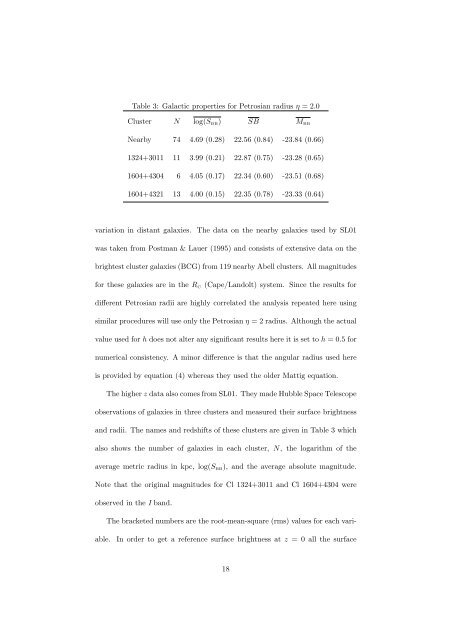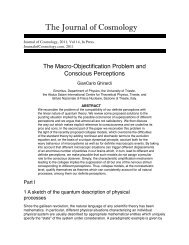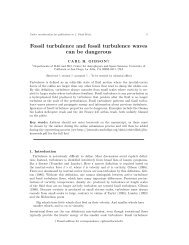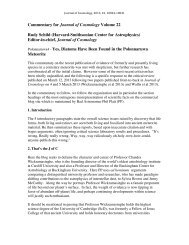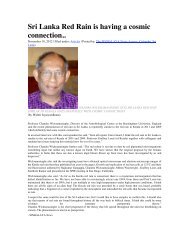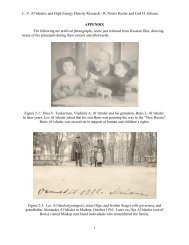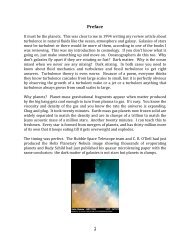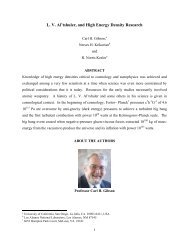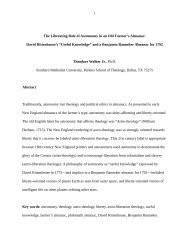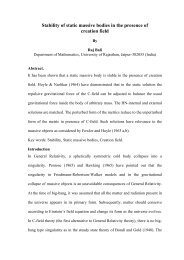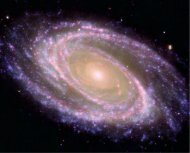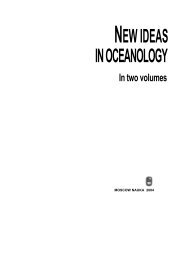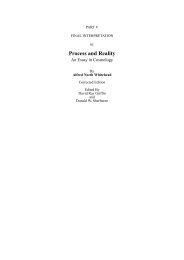Observational Evidence Favors a Static Universe - Journal of ...
Observational Evidence Favors a Static Universe - Journal of ...
Observational Evidence Favors a Static Universe - Journal of ...
Create successful ePaper yourself
Turn your PDF publications into a flip-book with our unique Google optimized e-Paper software.
Table 3: Galactic properties for Petrosian radius η = 2.0<br />
Cluster N log(S BB) SB M BB<br />
Nearby 74 4.69 (0.28) 22.56 (0.84) -23.84 (0.66)<br />
1324+3011 11 3.99 (0.21) 22.87 (0.75) -23.28 (0.65)<br />
1604+4304 6 4.05 (0.17) 22.34 (0.60) -23.51 (0.68)<br />
1604+4321 13 4.00 (0.15) 22.35 (0.78) -23.33 (0.64)<br />
variation in distant galaxies. The data on the nearby galaxies used by SL01<br />
was taken from Postman & Lauer (1995) and consists <strong>of</strong> extensive data on the<br />
brightest cluster galaxies (BCG) from 119 nearby Abell clusters. All magnitudes<br />
for these galaxies are in the R C (Cape/Landolt) system. Since the results for<br />
different Petrosian radii are highly correlated the analysis repeated here using<br />
similar procedures will use only the Petrosian η = 2 radius. Although the actual<br />
value used for h does not alter any significant results here it is set to h = 0.5 for<br />
numerical consistency. A minor difference is that the angular radius used here<br />
is provided by equation (4) whereas they used the older Mattig equation.<br />
The higher z data also comes from SL01. They made Hubble Space Telescope<br />
observations <strong>of</strong> galaxies in three clusters and measured their surface brightness<br />
and radii. The names and redshifts <strong>of</strong> these clusters are given in Table 3 which<br />
also shows the number <strong>of</strong> galaxies in each cluster, N, the logarithm <strong>of</strong> the<br />
average metric radius in kpc, log(S BB), and the average absolute magnitude.<br />
Note that the original magnitudes for Cl 1324+3011 and Cl 1604+4304 were<br />
observed in the I band.<br />
The bracketed numbers are the root-mean-square (rms) values for each vari-<br />
able. In order to get a reference surface brightness at z = 0 all the surface<br />
18


